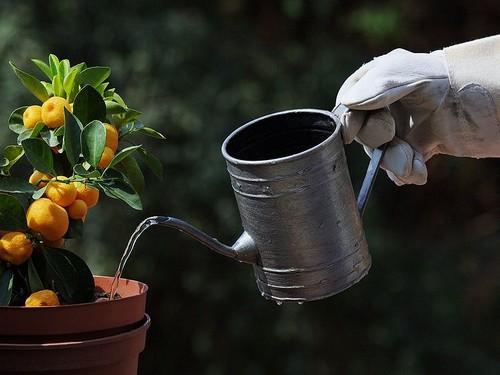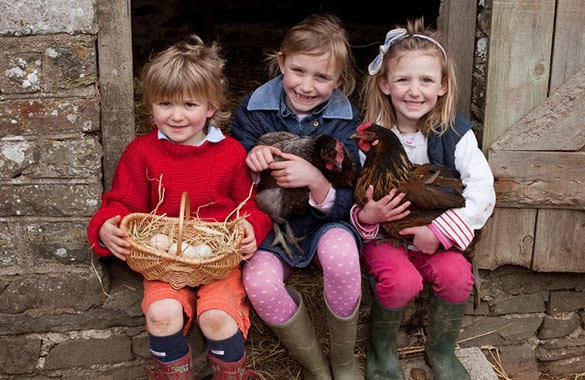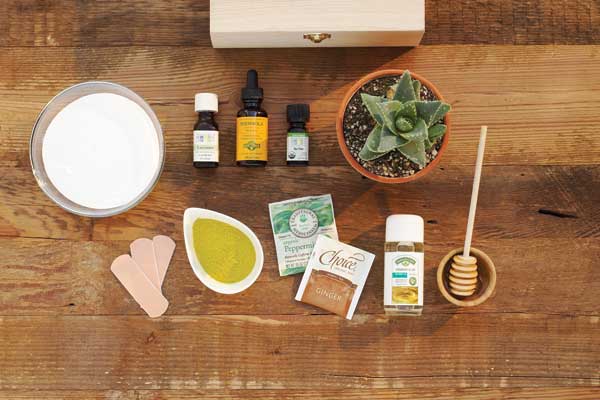Simple Steps to Getting Your Homestead Off-Grid
Living on an off-grid homestead is no small matter. It might take years of planning, research and hard work. Hopefully if you do own property you’ve already considered how possible it might be to live off-grid, or if you are shopping around, this is what you’re thinking about long term. “Off-grid” is a catch-all term … Read more







